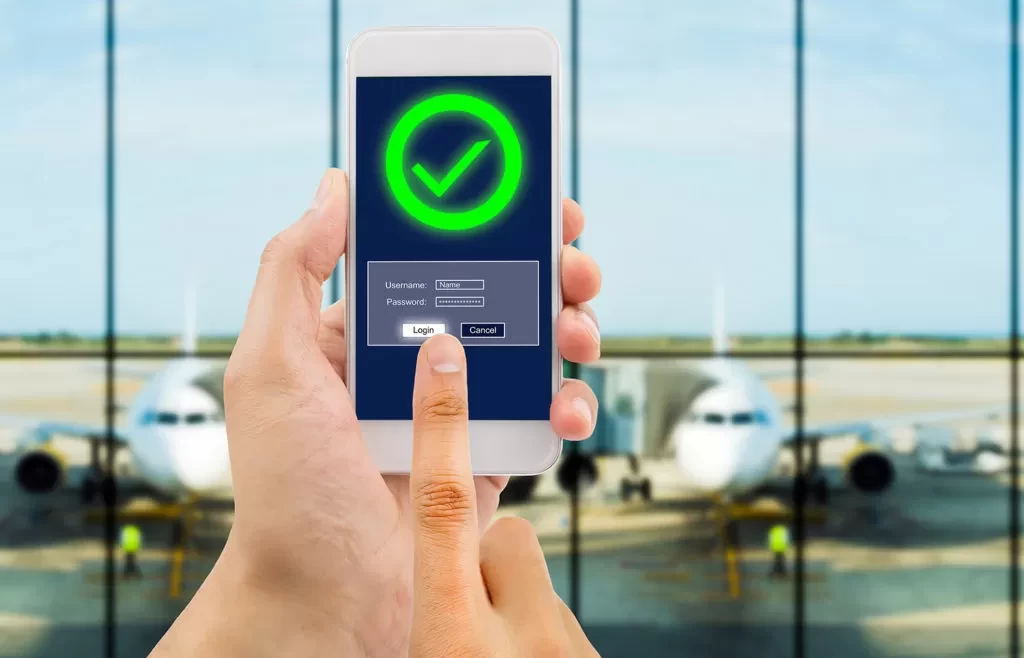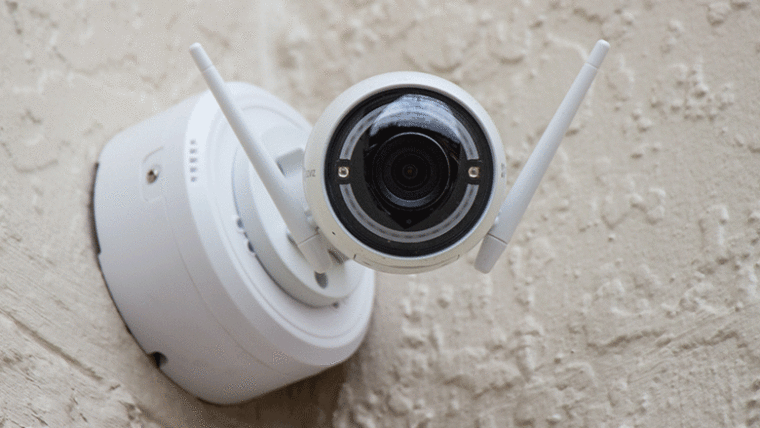Protect Your Business
Protecting your business facility or campus with a corporate access control system can seem like a daunting and overwhelming task. The Miami corporate access control experts at Circle Security Solutions will help you narrow your security goals and take the guesswork out of installing a corporate access control system in your business.
Corporate access control can help you manage who has access to a building, room, cabinet and more, when and how they can access these areas, and provide added security for your property, employees, and the contents of your building.
What are some key components of corporate access control?
Access Control System:
Components used to manage access for a facility or campus. The system typically consists of access control software, controllers or control panels, readers, security cards, automated door locks, and keypads.
Access Card:
Small plastic card which stores the user’s ID information. This card is used to gain access to a physical space or network resources. Cards can be magnetic stripe, proximity or smart.
Keypad:
A pad containing a set of buttons with numbers, letters or symbols. It uses a personal identification number (PIN) or passcode to manage access.
Credentials:
Some type of code used to validate a user’s identity in order to grant access to a physical space or network resources. Credentials can be something the user has—card, fob, phone; something the user knows—PIN, passcode, or combination; or something the user is—biometrics such as fingerprint or iris.
Integrated Locks:
These multi-faceted locks comprise multiple discrete access control components including a card reader, lock, door position switch, request to exit sensor, access control panel, and power supply into a single unit.
Intelligent Lock:
These smart locks store a database of valid access credentials, can store a record of events and make decisions locally.
Lockdown:
This emergency protocol will lock some or all doors in a facility or on a campus. This procedure is in place both to protect occupants from an external threat and to prevent people from entering or exiting certain areas of the building due to a potential internal threat.
Power over Ethernet:
This technology uses standard LAN infrastructure to deliver power to network devices over the same cable used for network data connection.
Mobile access:
The ability to use a mobile device— smartphone, tablet or wearable— to gain access to secured doors, gates, networks, services and more.



